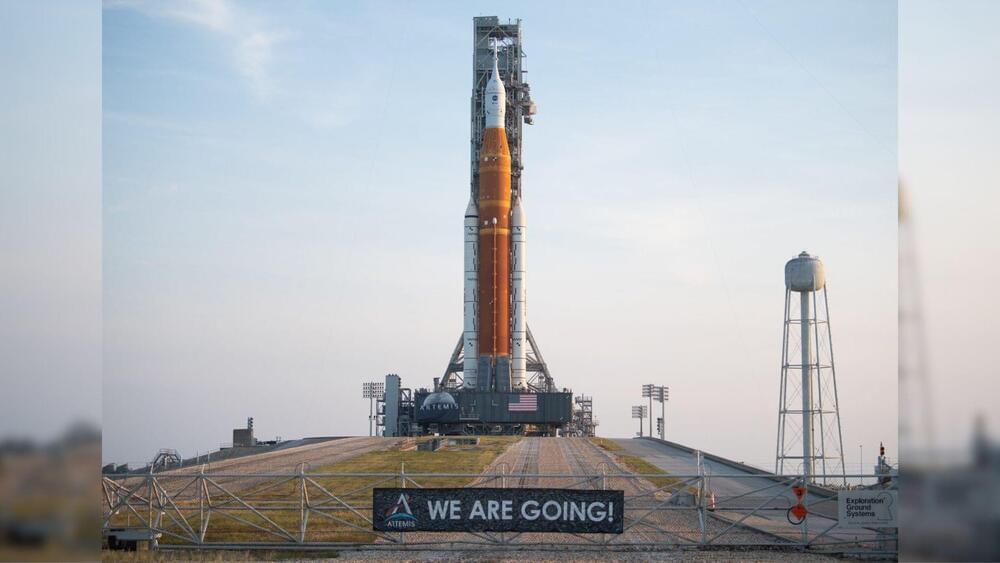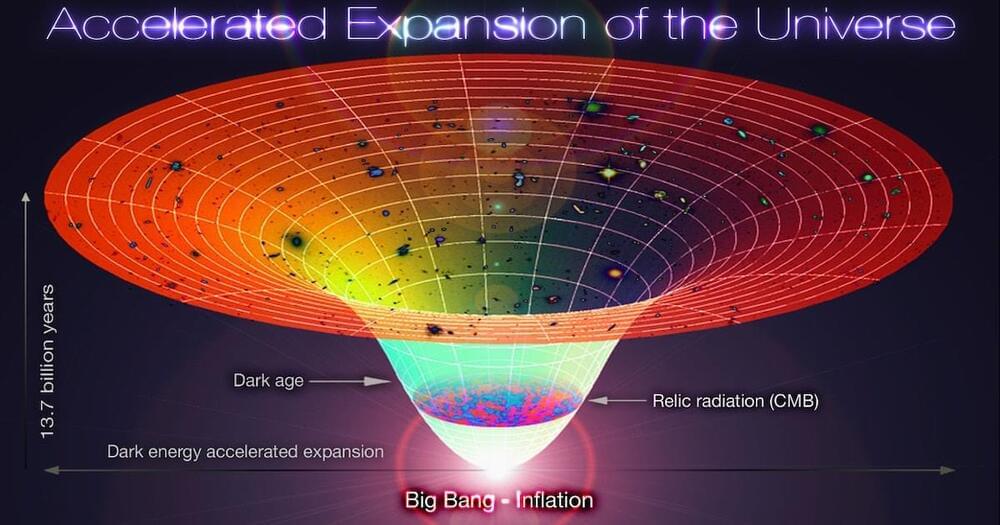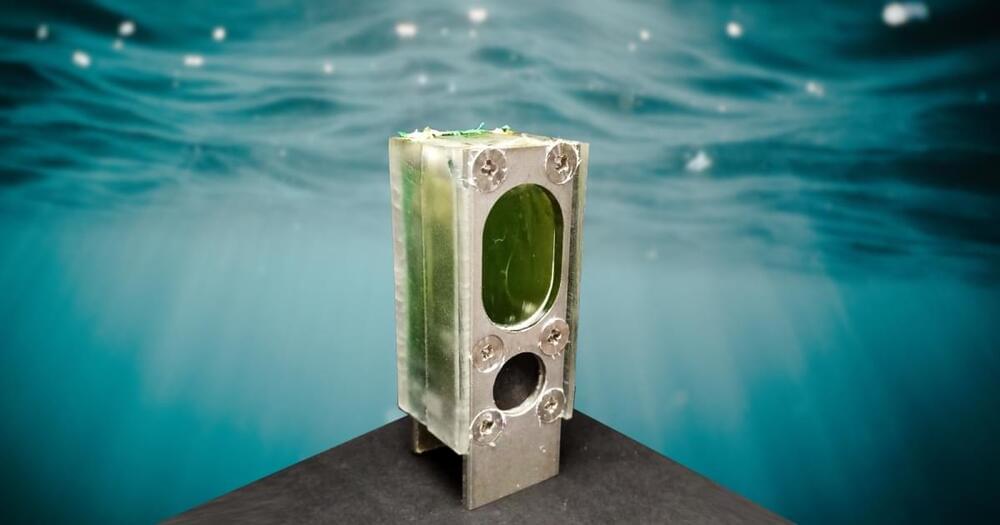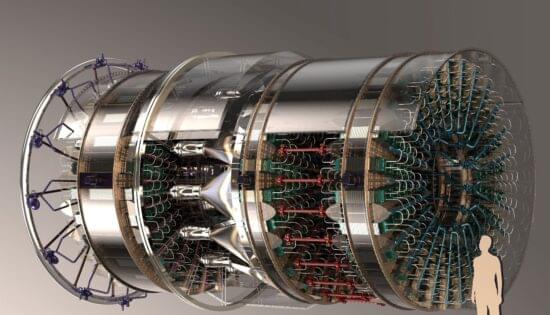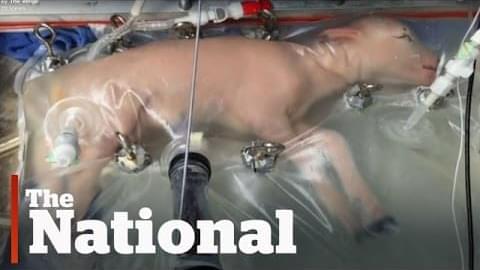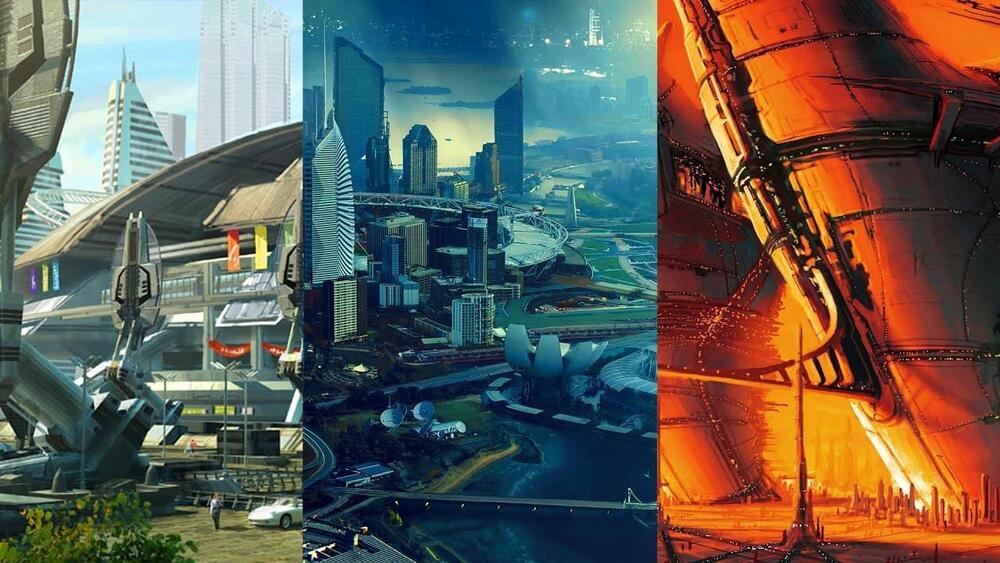Billionaire Elon Musk is known for being frugal. In June of 2021, he tweeted about living in a tiny house, stating: “My primary home is literally a ~$50k house in Boca Chica / Starbase that I rent from SpaceX. It’s kinda awesome though.”
That home is so small that it does not even have space for his mom when she visits. As such, the matriarch has to sleep in the garage.
@MattWallace888 My primary home is literally a ~$50k house in Boca Chica / Starbase that I rent from SpaceX. It’s kinda awesome though.
Only house I own is the events house in the Bay Area. If I sold it, the house would see less use, unless bought by a big family, which might happen some day.

